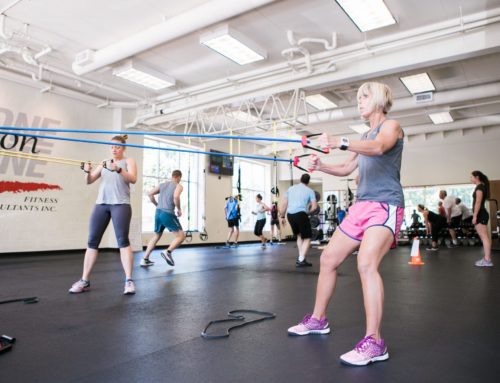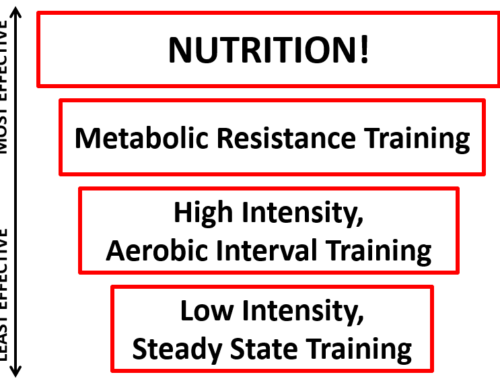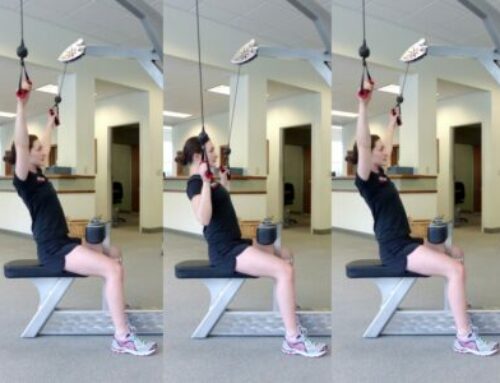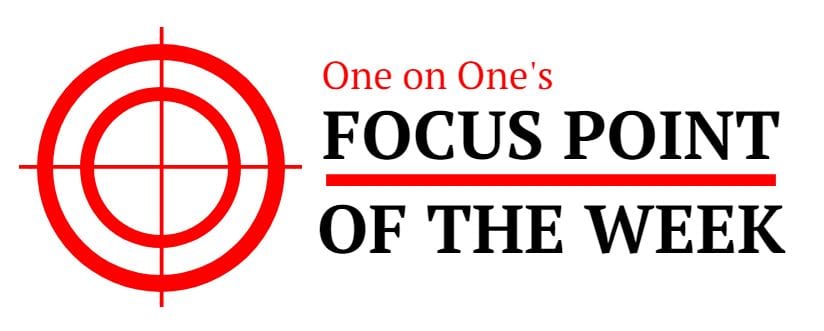
By Kym Burke
Published: 4/7/24
Gardening, yardwork and the game of golf are common summer-time activities that those of us that live in the Northeast don’t participate in year-round. The physical demands of these activities are much different than what most of us experience in our regular daily routines. Therefore, it makes sense that at least a portion of our fitness training should be spent preparing our bodies for the specific physical stresses we will encounter while enjoying these hobbies.
Last week’s Focus Point highlighted the physical stresses we often encounter while gardening or doing yardwork and ways to manage them. This week, we will focus on the unique considerations for the game of golf.
Not a golfer but know someone who is? Consider forwarding them this Focus Point to help them remain Healthy and Happy this golf season.
Golf is usually played over a three to five hour time period. Therefore, there is certainly an element of endurance involved. Being able to maintain a “tall spine” while repeatedly standing in the address position, for instance, requires an extraordinary amount (i.e. above what is typically required in one’s activities of daily living) of muscular endurance on the muscles of the lower back, buttocks, hamstrings and calves. Accordingly, these muscle groups benefit from exercises such as deadlifts and anterior cone reaches.
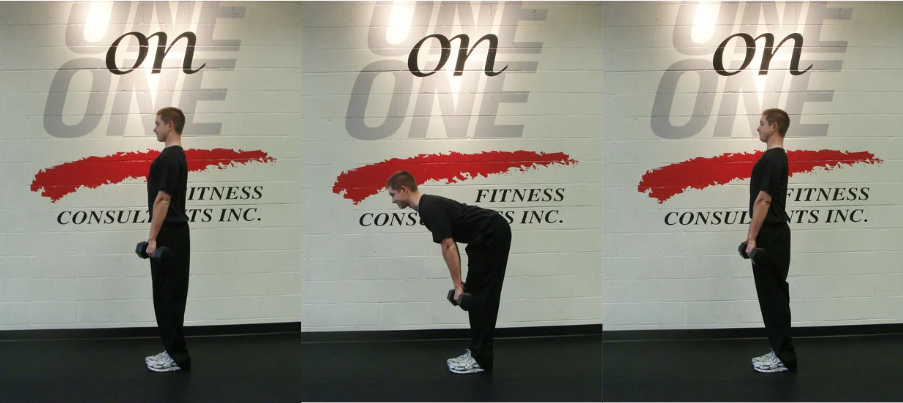
Deadlift
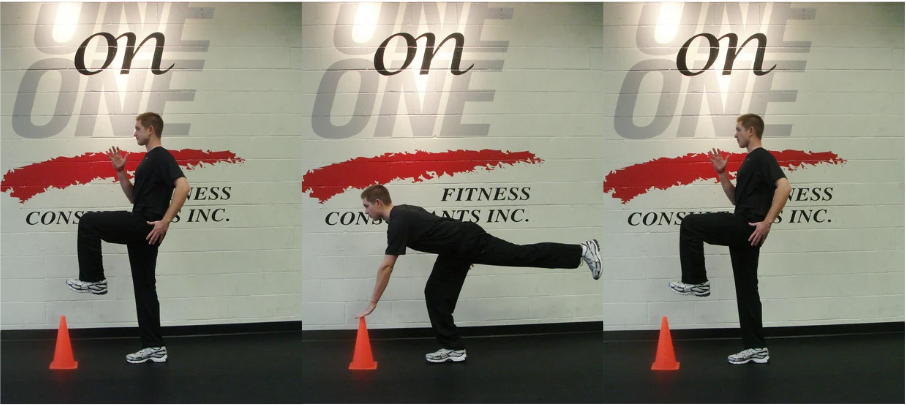
Anterior Cone Reach
Unique to the game of golf is the highly ballistic 1.5 second explosive golf swing. This complex movement requires a high level of execution, coordination and power. Mobility and stability of the different joints is key.
Poor hip mobility is a common limiting factor for the recreational golfer. If a golfer lacks the ability to internally rotate their pelvis they will “slide” through both their backswing and follow through. A golfer’s twist and single-leg torso rotation exercise will train the golfer to move freely through this range of motion.
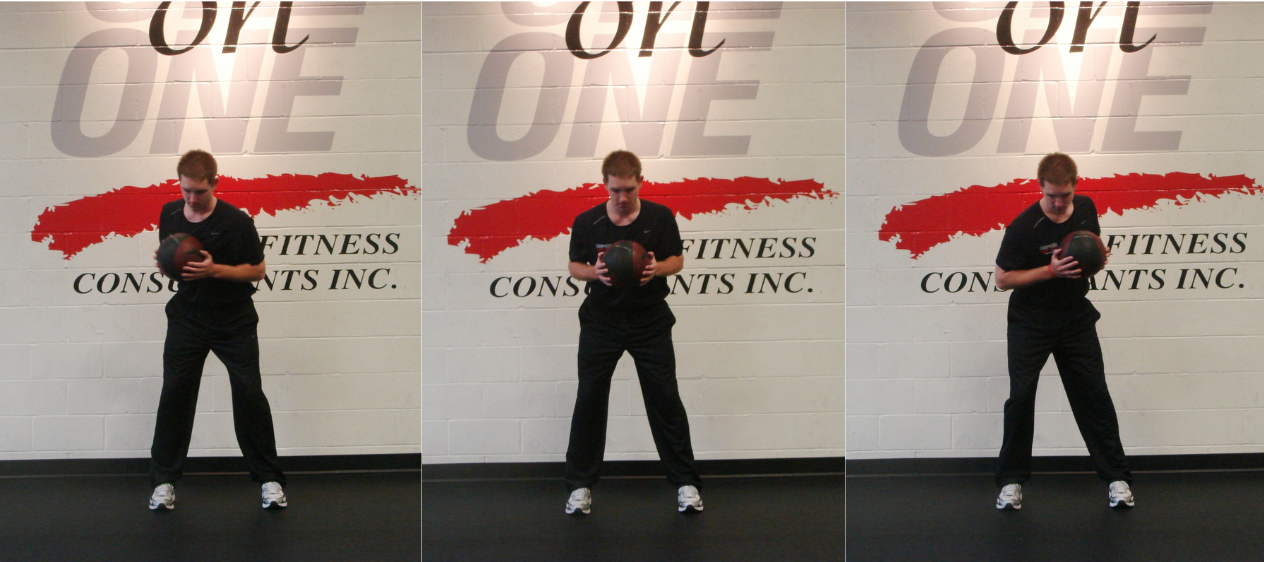
Golfer’s Twist
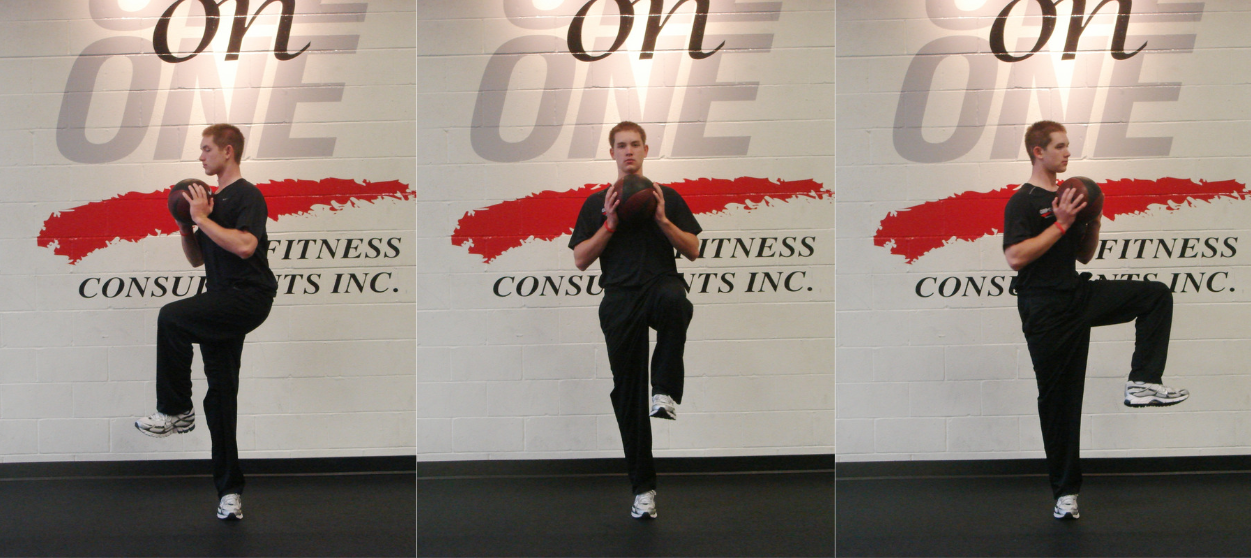
Single-Leg Torso Rotation
Another common problem with recreational golfers is their inability to “rock” their pelvis from a sway-back position to a flat-back position. Coordinating the timing of the pelvic rock during the golf swing as well as having the endurance to hold the slight sway-back position on the back nine presents quite a challenge. If the golfer is not conditioned properly, they will begin bending their spine into a more flat-back position in order to address the ball as opposed to hinging at their hips. Throw in a dynamic rotational pattern with a flat-back and you’ve got a perfect recipe for injury. A quadruped anterior/posterior pelvic rock as well as a standing anterior/posterior pelvic rock will teach the necessary coordination.
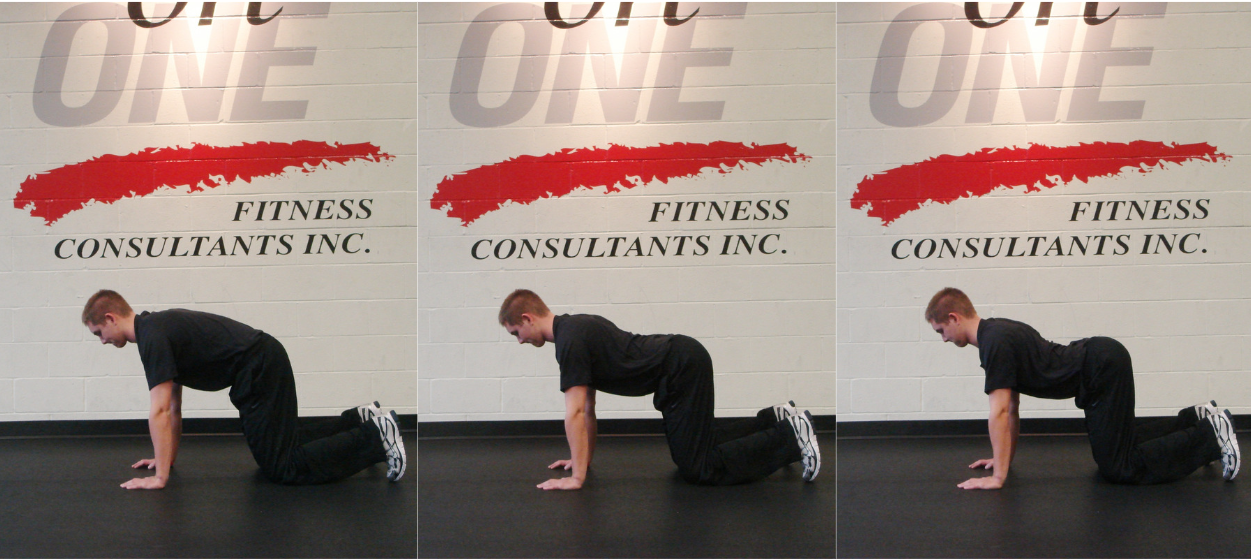
Quadruped Anterior/Posterior Pelvic Rock
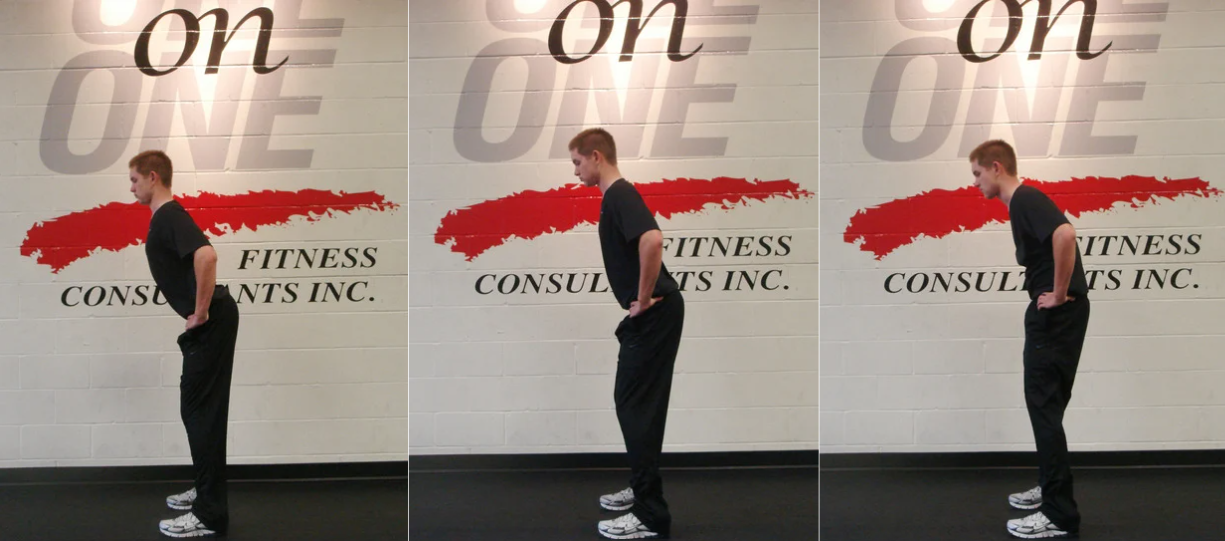
Standing Anterior/Posterior Pelvic Rock
Finally, the trunk and the shoulders are important to address. The golfer’s ability to turn their shoulders will be determined by the “smartness” (i.e. coordinated strength) of their core. More specifically, the muscle fibers that control the pelvis and lower spine need to provide the solid platform for shoulder turn. Various chopping and lifting exercises will train the golfer most specifically for their sport.
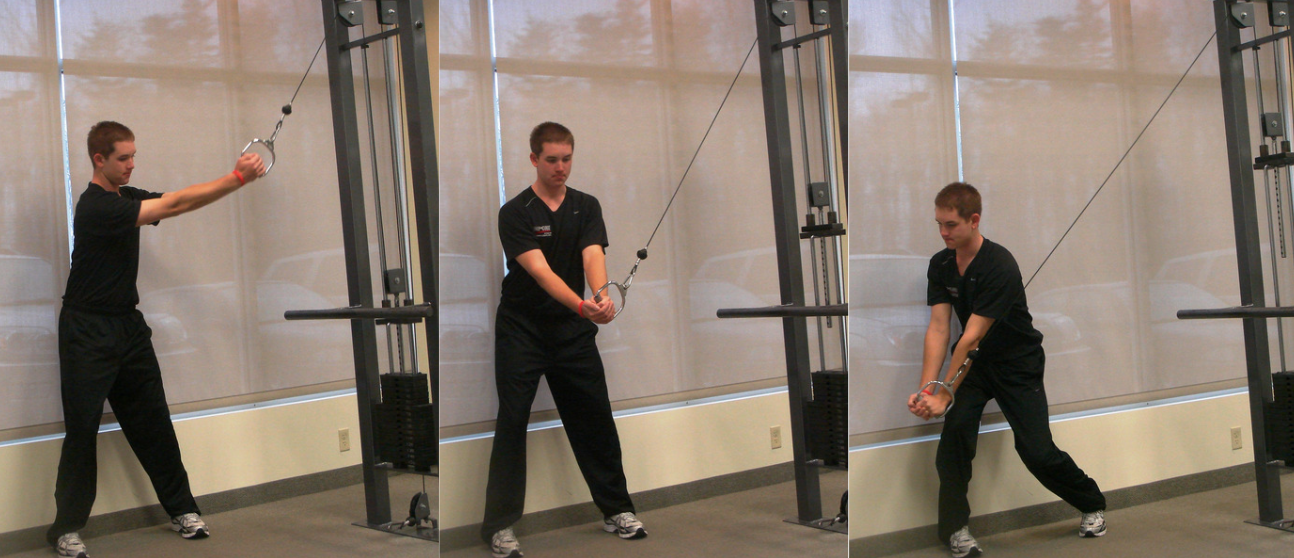
Standing Cable Chop
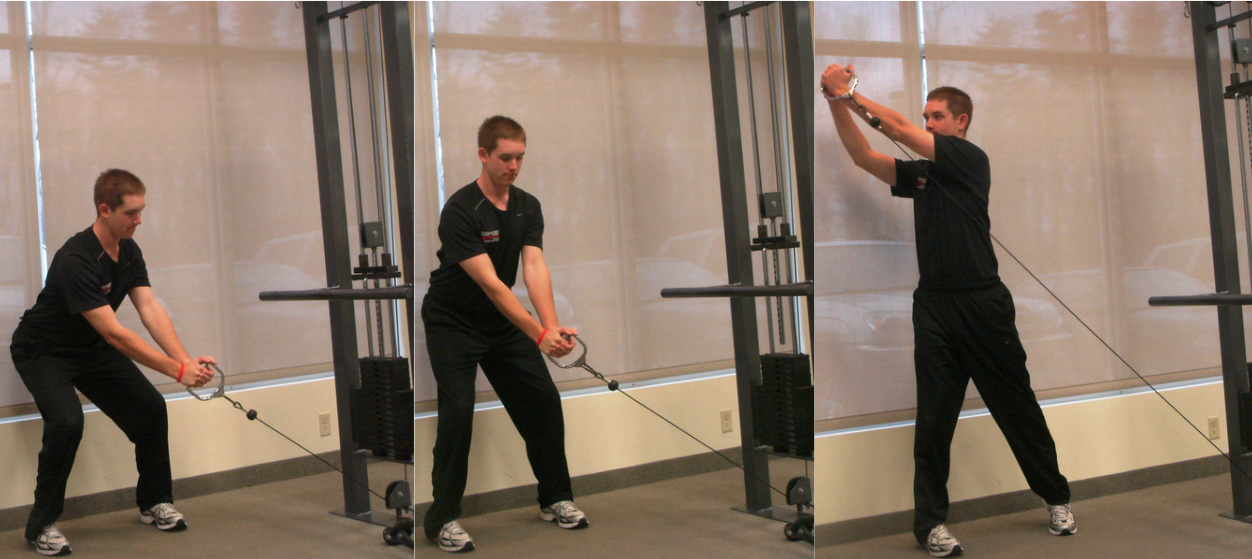
Standing Cable Lift
Quite a bit of specific training can be done to prepare for an enjoyable time spent playing golf while avoiding any acute injury or overuse injury. If you or someone you know is an outdoor enthusiast who is interested in learning more about how to dial in your training specifically for your golf game, contact Ryan Burke (Titleist-TPI Level 1 and 2 certified) to learn more, or check out our Golf Care Package!


